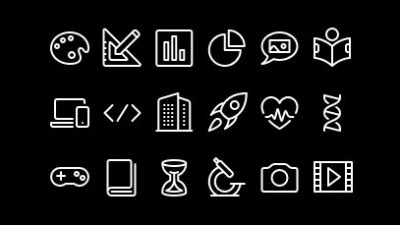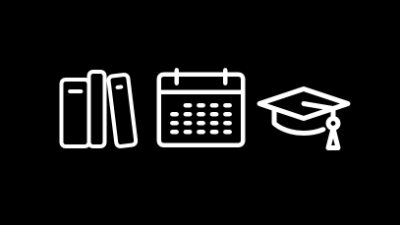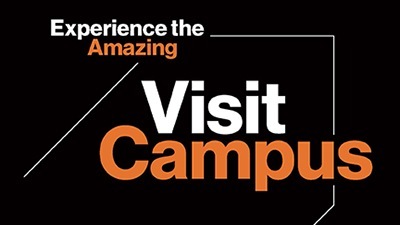Professional Development Additional Resources
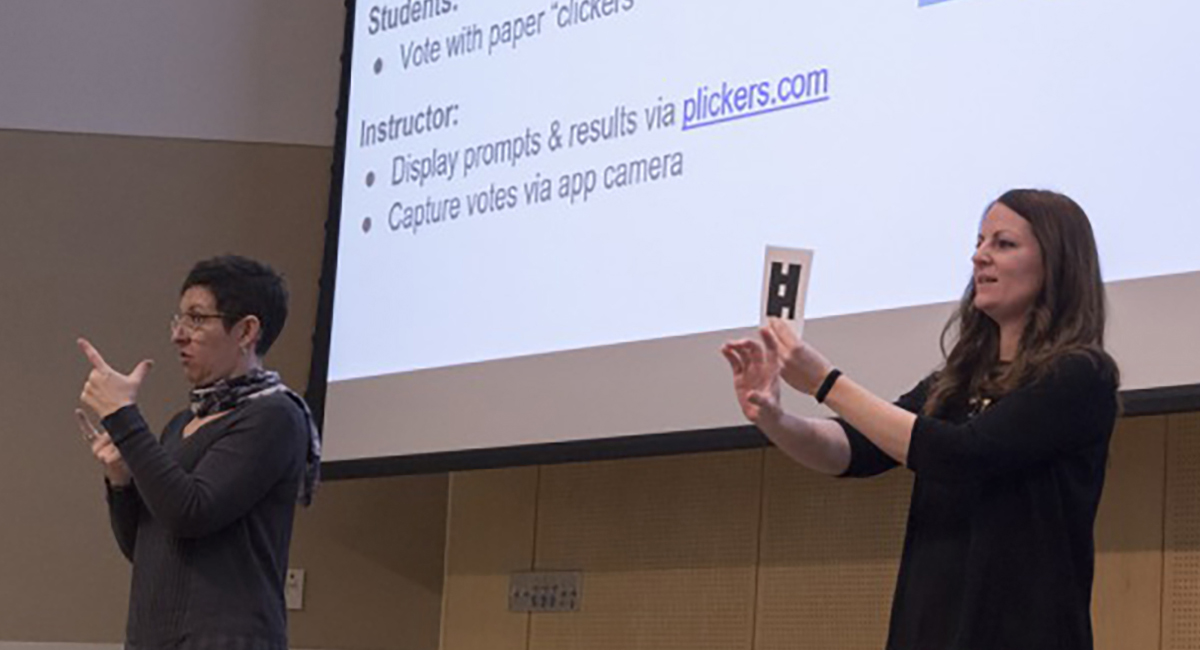
Professional Development
Additional Resources
- RIT/
- National Technical Institute for the Deaf/
- Professional Development/
- Additional Resources
Tips for Presenting to Deaf or Hard-of-Hearing Audiences
Are you planning on presenting to an audience that will include deaf or hard-of-hearing individuals?
Would you like to learn about strategies to help make your presentation a success?
These guidelines will help you create a successful presentation where all participants can fully benefit from the information you share.
Download: Presenting to Deaf or Hard-of-Hearing Audiences Brochure
Presenting to Deaf or Hard-of-Hearing Audiences
Presenting to deaf/hard-of-hearing audiences requires a sensitivity to Deaf culture and an awareness of communication needs. It is important to keep in mind that many deaf/hard-of-hearing individuals rely on visual communication methods.
- Begin your presentation with an outline or agenda.
- Speak at a moderate pace; remember, your words are being interpreted or transliterated.
- Pause periodically between topics or slides to give participants time to view materials, ask questions, and engage in discussion.
- Avoid showing visual materials while speaking; the audience can only focus on one visual source at a time.
- Speak directly to your audience, not to the interpreter or your visual aids.
- Provide clear transition cues between topics, such as “Next, we’ll be talking about ...”
- When referring to handouts, media, or other materials, allow time for participants to review them before you continue.
- Do not turn your back to the audience while speaking. If you need to write on a board, pause your speech until you are again facing the group.
- Keep in mind that participants cannot take notes or engage in activities while watching the interpreter.
- Maintain eye contact with your audience to guide attention and strengthen your message.
Interpreters facilitate communication in both directions: conveying your words to the audience and relaying signed questions and comments back to you. Because interpreting requires focus and timing, only one person or source of information should communicate at a time. Allow adequate time for participants to receive and process the interpreted message.
- The event host is responsible for ensuring that interpreters receive a copy of your presentation or outline beforehand to help them prepare.
- Introduce yourself to the interpreter prior to your session.
- Position the interpreter near the main focus of attention and ensure that media and the interpreter are within one line of sight.
- Maintain a clear visual connection between the interpreter and Deaf participants.
- Stand in one area, avoid pacing, and do not walk in front of the interpreter.
- Allow only one person to speak or sign at a time.
- Acknowledge the interpreter(s) at the beginning and end of your presentation.
- Speak clearly and at a natural pace and volume.
- Address your audience directly rather than the interpreter.
- Ensure the interpreter is well-lit and visible. If the room will be darkened for media, coordinate with the interpreter and host to arrange proper lighting. Confirm with the audience that the lighting is adequate.
- Allow for a brief lag time after you speak so Deaf participants can fully process the interpreted information before responding.
- Pause between topics or slides to give both the interpreter and participants a short mental break.
- Repeat audience questions before answering to ensure they are interpreted accurately.
- Plan short breaks at least every hour, as interpreting is physically and mentally demanding.
- If time is running short, do not speak faster—this will only reduce comprehension.
- Remember that interpreters follow a professional Code of Ethics and must interpret everything that is said or signed.
The event host typically coordinates the technical and logistical setup. Discuss your technical and logistical needs with your host well in advance. Since technology can be unreliable, do not solely rely on media, equipment, or an internet connection. Even the best-laid plans can go awry, so be sure to have a backup plan!
- Prior to the presentation, inform your host of any equipment, room setup preferences, and plans for using media.
- For small groups, request circular, semi-circular, or U-shaped seating arrangements to ensure clear sight lines.
- Keep the host’s and technical support staff’s contact information handy.
- Arrive early to conduct a full media check, including audio, visuals, captions, internet connection, and interpreter placement.
- Ensure good lighting so the interpreter remains visible—use a spotlight or lamp if necessary, and adjust blinds or curtains for optimal conditions.
Make sure your materials are visually clear, well-organized, and easy to follow.
Visual communication is essential when presenting to Deaf or hard-of-hearing audiences.
- Present information visually and avoid overwhelming participants with multiple simultaneous stimuli.
- Use clean, uncluttered designs and avoid distracting backgrounds or busy patterns.
- Choose high-contrast colors such as a dark background with light text for reading ease.
- Use large fonts—at least 18 points—in styles such as Arial, Helvetica, or Times New Roman, and opt for sans-serif fonts when projecting.
- Use a mix of upper- and lowercase letters instead of all caps.
- Ensure that all videos with audio are captioned.
- Avoid relying on music or sound effects to emphasize points.
- Include a concluding slide that summarizes your key takeaways.
- Provide handouts to reduce the need for notetaking, and let your audience know at the start of your presentation if slides or materials will be available electronically.
For more tips, watch: Effective Presentations in ASL by Dr. Keith Cagle
NTID Conference Rooms and Photos
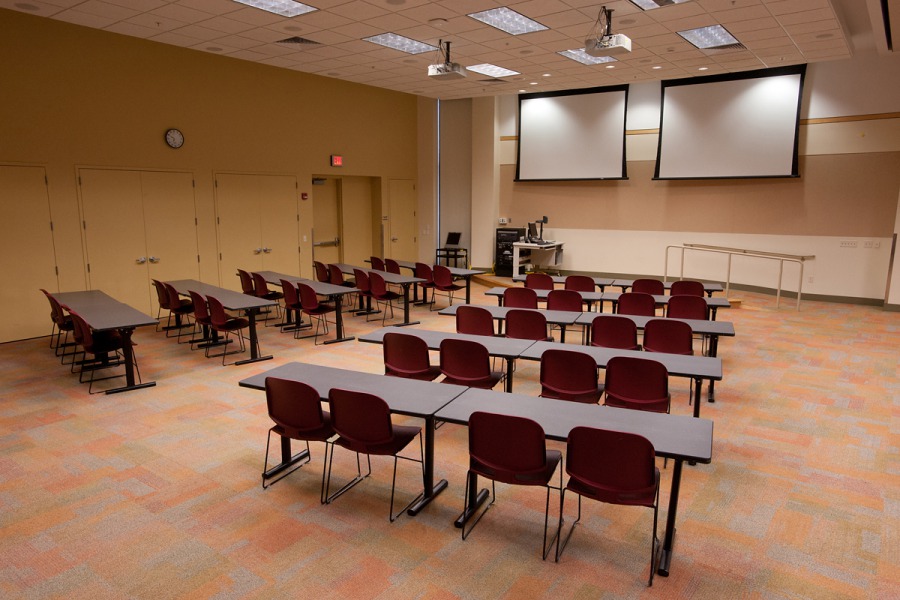
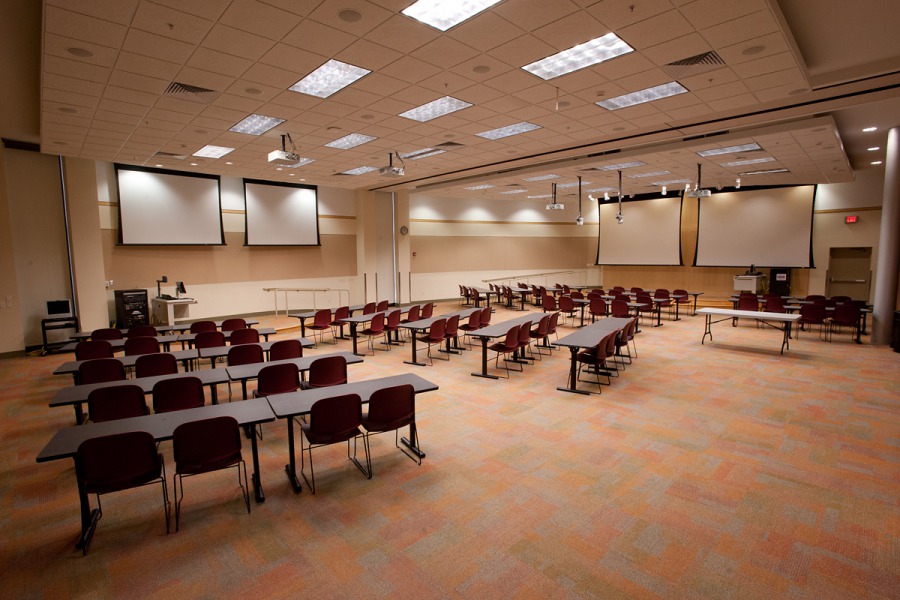
Capacity
- Seats 40 with tables; wall closed
- Seats 200 with wall open, stack chair set-up, no tables
Seating
- Movable chairs and tables
Writing
- None
Equipment
- Resident PC computer
- Dual projection
- Wireless mouse
- Wireless microphone
- Visualizer (document camera)
- Laptop connection
- Assistive Listening Device: Group FM (FM); Sound Field (SF)
- Low vision monitor: 19"
- Sound system
Other
- Sink and counter
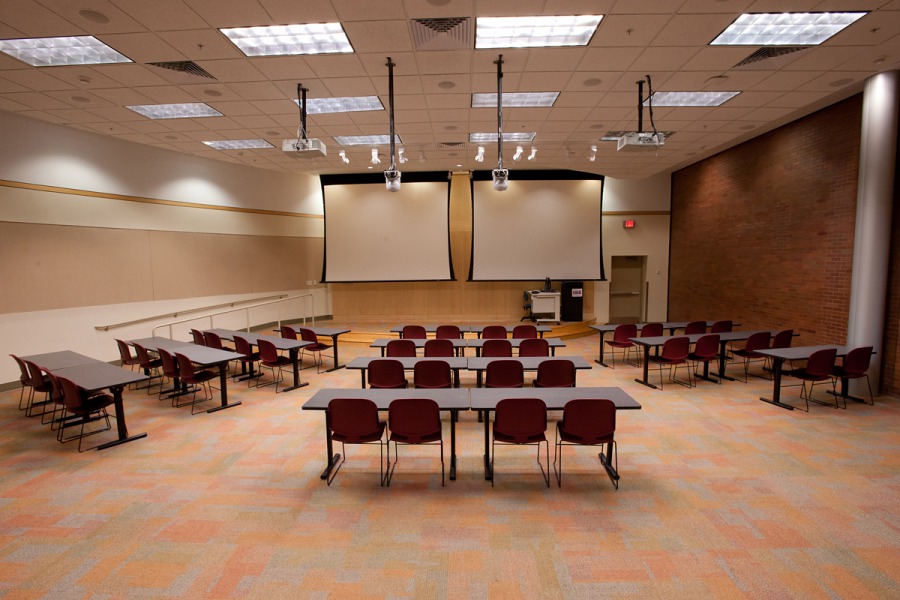
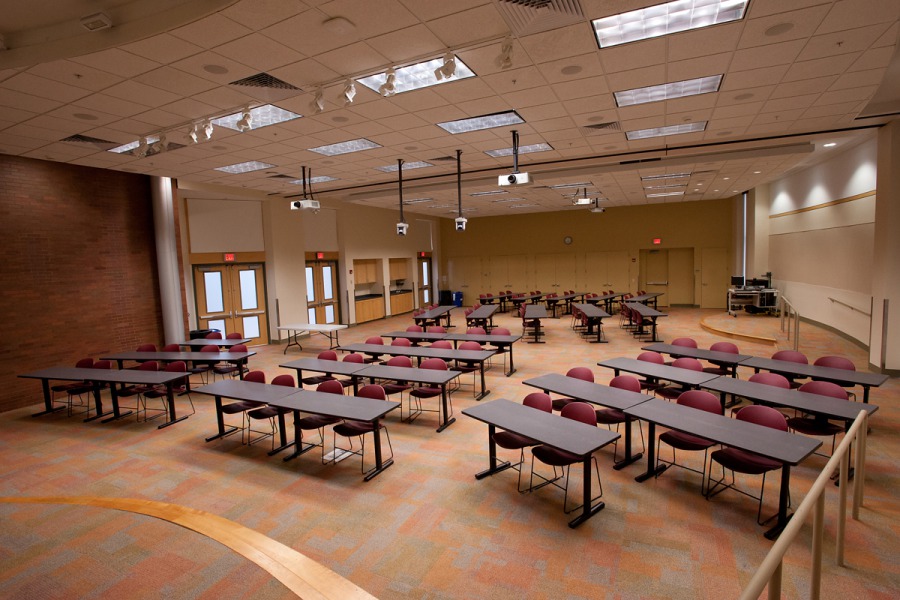
Capacity
- Seats 40 with tables; wall closed
- Seats 200 with wall open, stack chair set-up, no tables
Seating
- Movable chairs and tables
Writing
- None
Equipment
- Resident PC computer
- Dual projection
- Dual Projection
- Wireless mouse
- Wireless microphone
- Visualizer (document camera)
- Laptop connection
- Assistive Listening Device: Group FM (FM); Sound Field (SF)
- Sound system
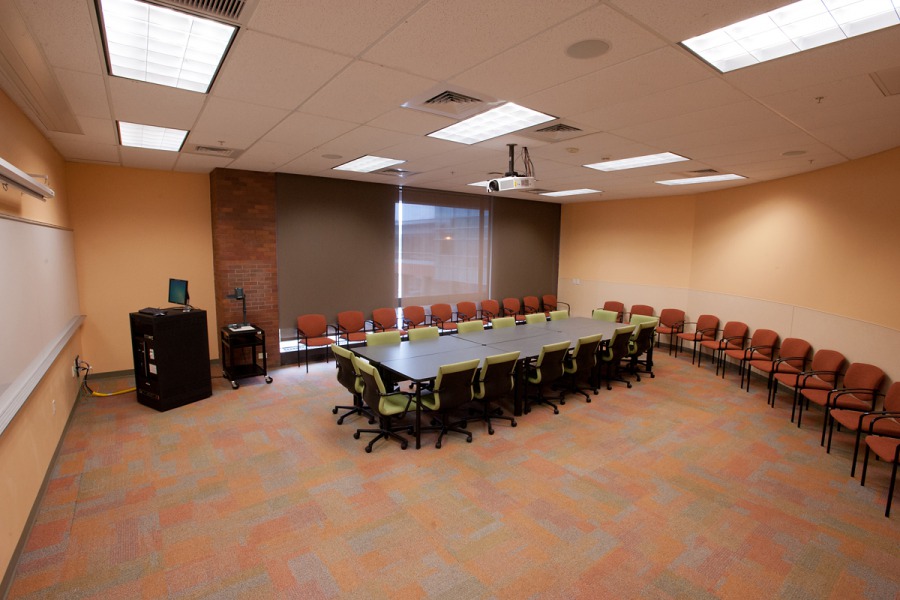
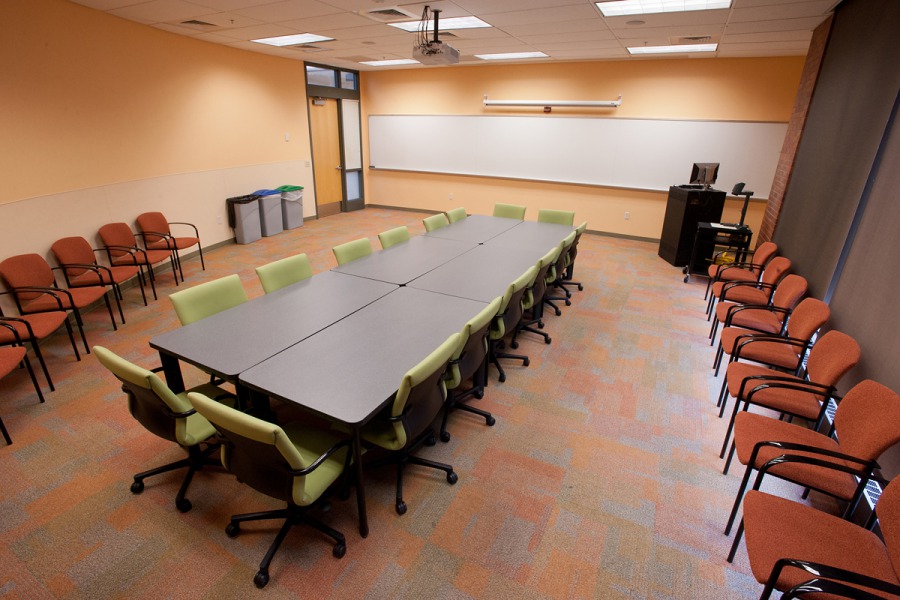
Capacity
- Seats 16 with tables
Seating
- Movable chairs and tables
Writing
- Whiteboard
Equipment
- Resident PC computer
- Laptop connection
- Wireless mouse
- Visualizer (document camera)
- Projection
- DVD/VHS
- Audio
- Assistive Listening Device: Sound Field (SF)
Other
- Room access requires RIT ID card swipe

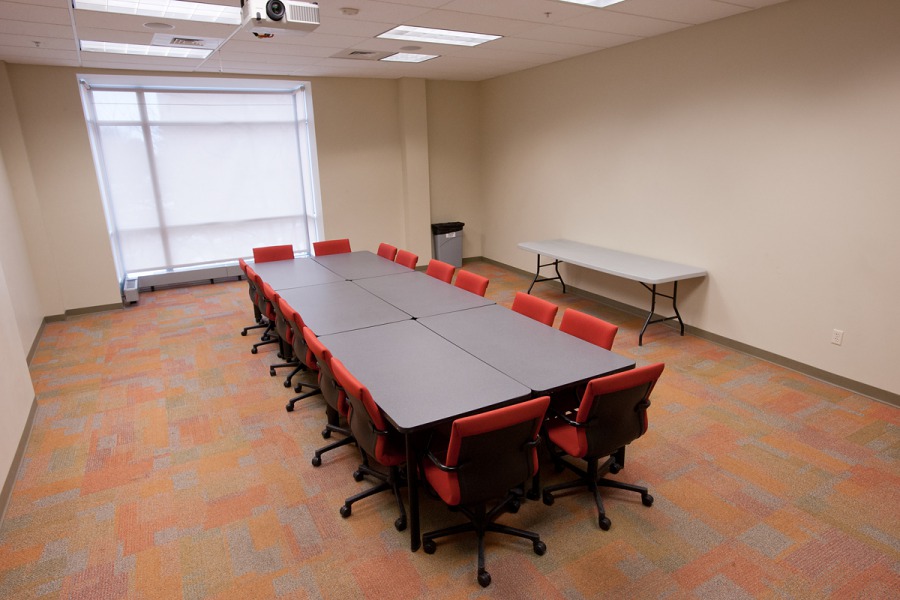
Capacity
- Seats 12 with tables
Seating
- Movable chairs and tables
Writing
- Whiteboard
Equipment
- Resident PC computer
- Projection
- Laptop connection
- Wireless mouse
- Visualizer (document camera)
- Audio
Other
- Room access requires RIT ID card swipe
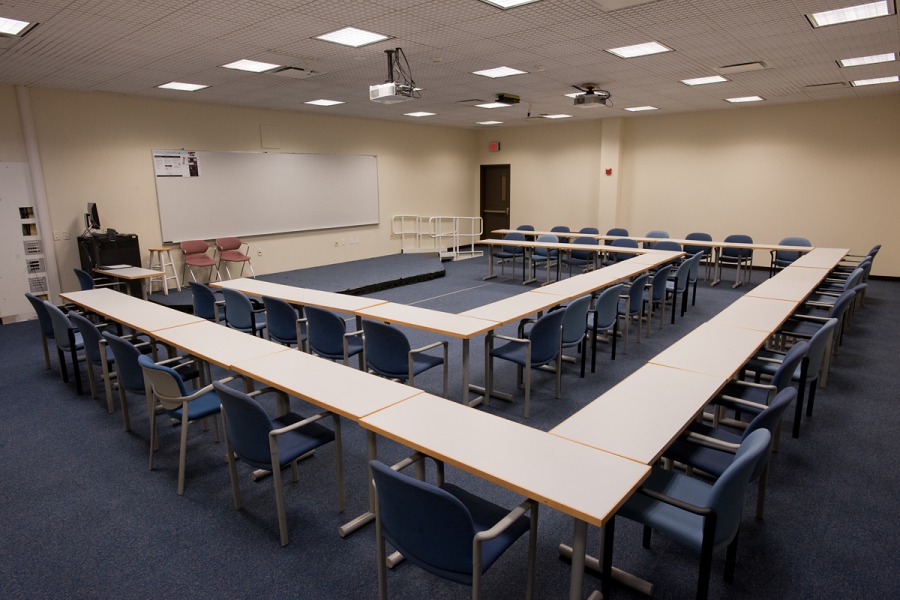
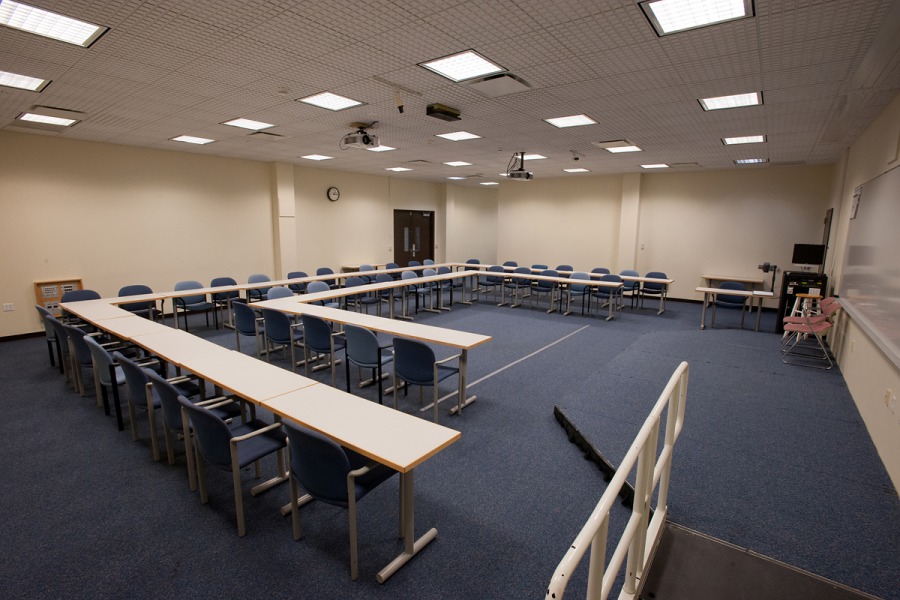
Capacity
- Seats 43 with tables
Seating
- Movable chairs and tables
Writing
- Whiteboard
Equipment
- Resident PC computer
- Laptop connection
- Wireless mouse
- Visualizer (document camera)
- Projection
- Audio
Other
- Room access requires RIT ID card swipe

